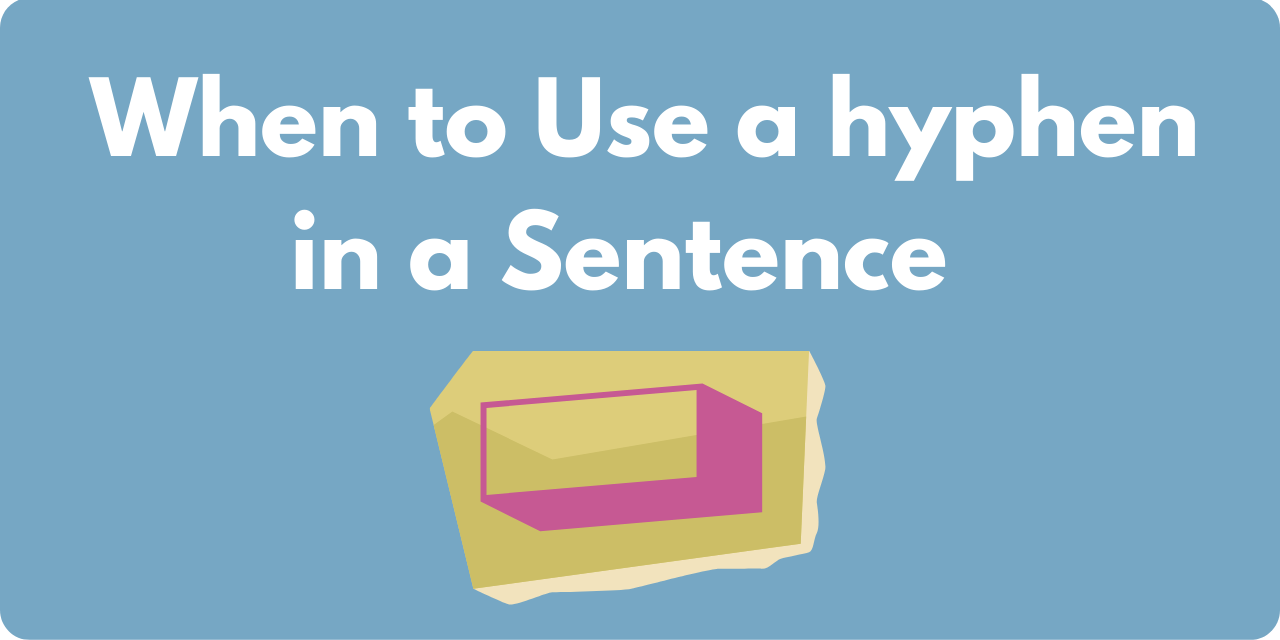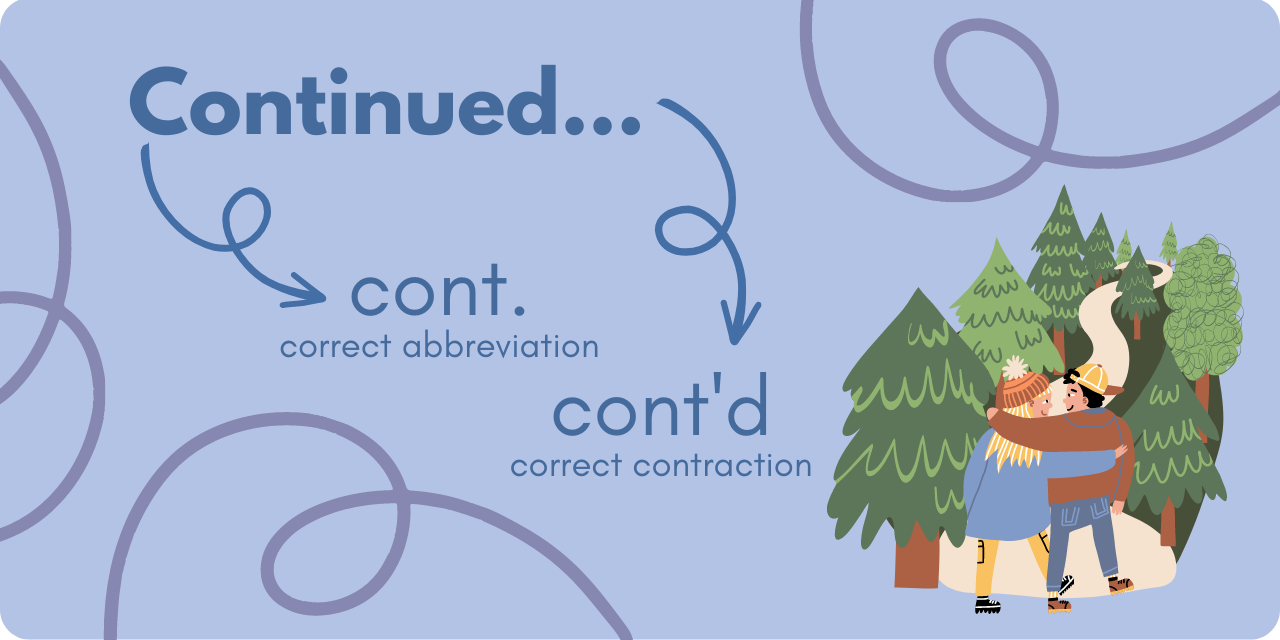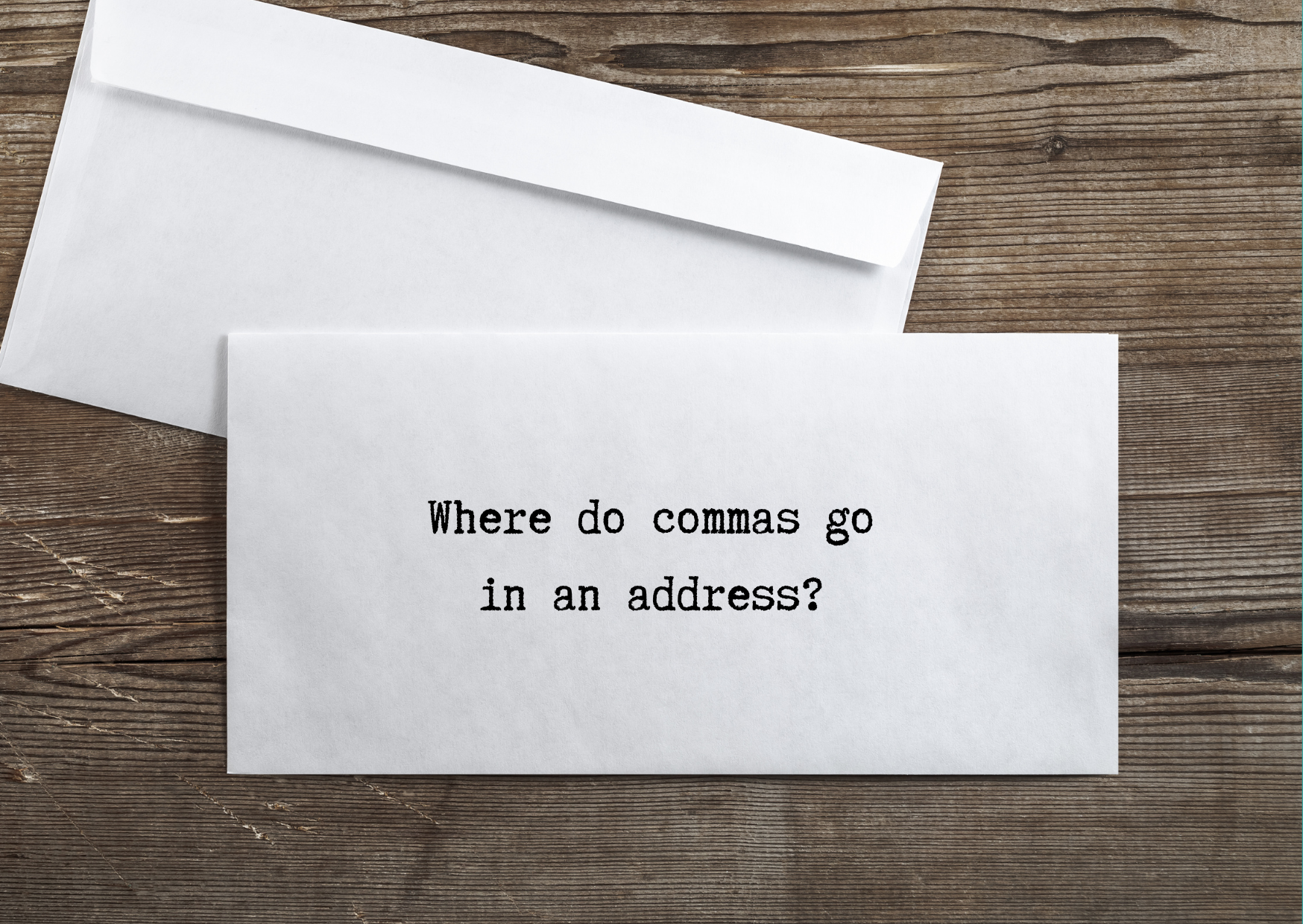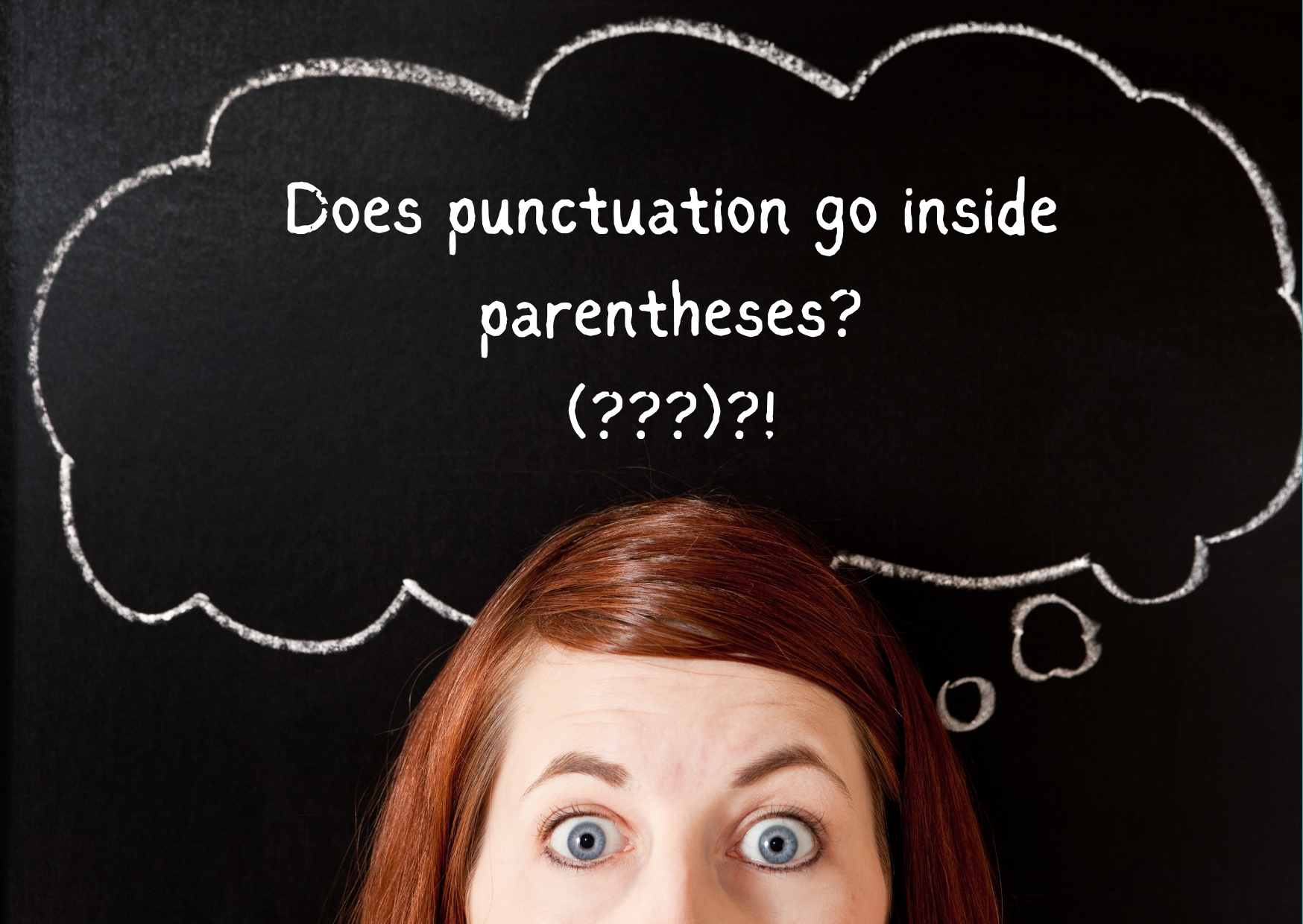When big numbers or long, complicated divisions are involved, things can get blurry, especially when one has to write these numbers out. What complicates matters is pesky punctuation. Are numbers hyphenated when written out? What about they they serve as adjectives? Ah yes, punctuation follows you even into the realm of numbers! Specifically – hyphens. A series of questions pop up immediately. Do you need to insert hyphens in long numbers when writing them out as words? What about ages? And what of fractions, such as ‘three-fourths’? This may not be a question that comes up too often. However, if you have to write about numbers regularly, there is no escaping it. So whether you are writing a birthday card and not sure about hyphenating your granma’s age, or working on a statistics report, let’s shed light on this obscure corner of punctuation.
Hyphenating fractions
When fractions are written out as words, go ahead and use hyphens, regardless of whether they are used as a noun (one-third is less than two-thirds), adverb (I am three-quarters finished) or adjective (we have a one-third minority). When it comes to fractions that are used as nouns, there are two diverging schools of thought on whether they should be hyphenated, so it depends on your organization’s style. Although the risk of ambiguity caused by leaving out hyphens is small, the English language does allow for some areas of minor confusion:
He entered the game room with twenty dollars in change, and by the end of the night, he had spent three quarters.
The night started with an entire case of whisky and ended with the gang drinking three fifths.
Adjectives with numbers
The role of a hyphen is to join words that work together as a single unit to describe something that comes after in a phrase, e.g. a hard-to-reach place. We call this a compound adjective, also known as a compound modifier, as it ‘modifies’ (describes) the noun (a place that is hard to reach). Notice that we did not use a hyphen in our explanation in parenthesis. This is because when the description follows the noun, no hyphen is needed.
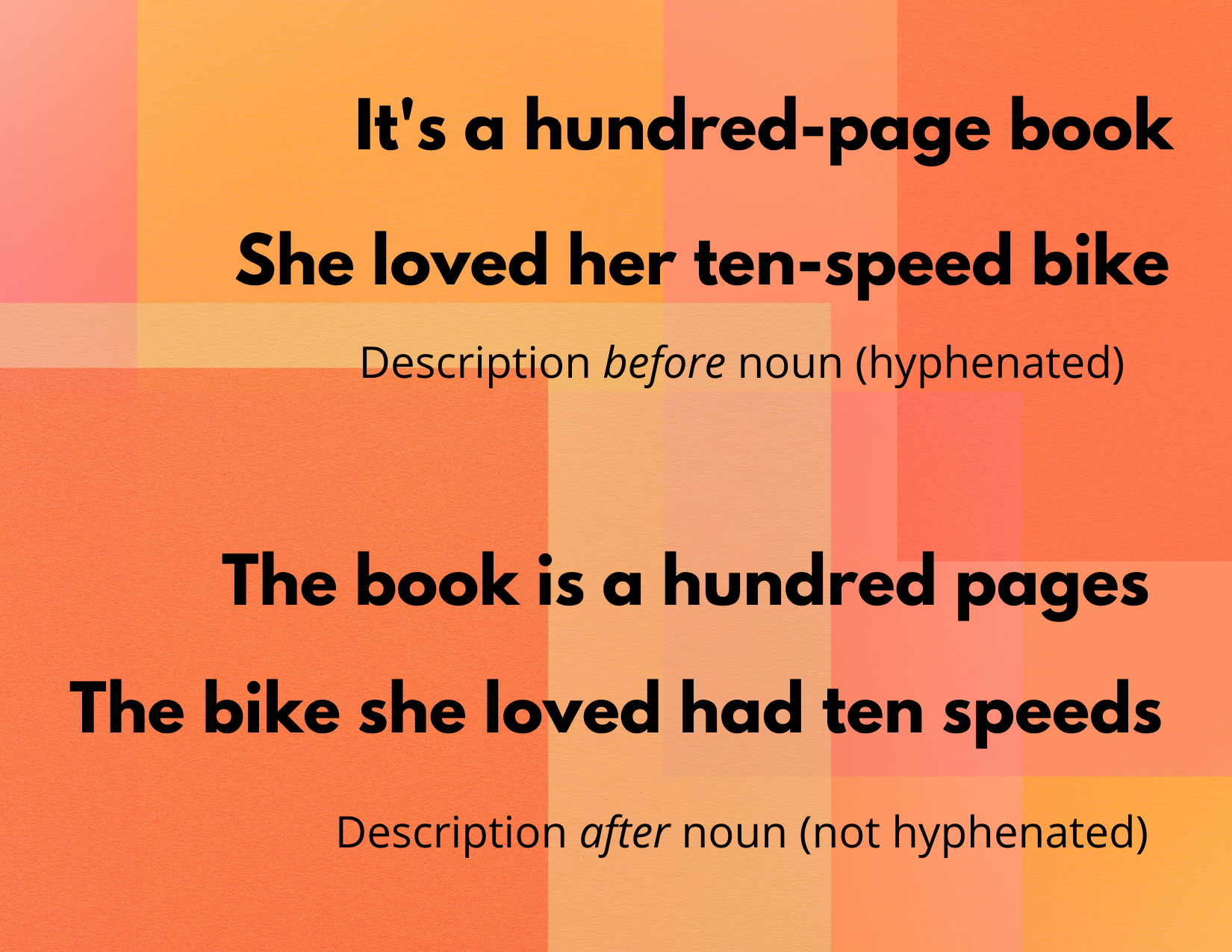
When numbers are part of the description, the same rules apply. Regardless of whether the numbers are ordinal (first, second …) or cardinal (one, two …). For example:
It’s a ten-and-a-half-page essay.
The essay is ten and a half pages.
The Shanghai Tower is the second-tallest building in the world.
The building is the second tallest.
Your company or organization may choose to use figures instead of words for some or all numbers and fractions, which is just fine. However, you’d still need to use hyphens in the say way when describing something:
a 10-minute break
a 5 ½ – page presentation
Notice that when there is a mixture of whole numbers and fractions, they are treated as one unit not don’t require a hyphen between them.
Related: We have a whole article dedicated solely to numbers as adjectives and their hyphenation.
Using hyphens when discussing age
When hyphenating ages, we use the same rules as any other compound adjective (see above).
To recap, when words work together to describe something, they are considered compound adjectives. If the compound adjective is before the noun, use a hyphen. If it’s after, no hyphen is needed:
He’s a 30-year-old man. (All three words – ’30’, ‘year’ and ‘old’ – are used to describe the man)
The man is 30 years old.
If you are referring simply to a 30-year-old, use hyphens throughout. The noun that it refers to – dog, woman, boy, or whatever it may be – is implied. Although you need to make sure that the context clarifies the implied noun, there is no ambiguity. Why? Well, consider the difference between thirty-six-year-olds and thirty six-year-olds
Percentages and hyphens
Normally, percentages do not require hyphens unless they form part of a larger description before the noun. This is once again simply another version of the rule about compound adjectives that we’ve seen many times above.
a 20 percent decrease in revenue
a 20-percent-a-month increase
Showing range with suspended hyphens
When you need to show a range, you can employ suspended hyphens (also referred to as hanging hyphens). For example, if you have a six-month-long project that you realize will now take somewhere between six and eight months to complete, you can avoid repeating ‘month-long’ by simply leaving the first hyphen hanging (in other words, suspending it), like so:
a six- to eight-month-long project
Are numbers hyphenated when written out?
Let’s answer the title question – are numbers hyphenated when written out? The choice to use words to write numbers or to use figures is purely one of style and personal preference. Some prominent style guides suggest using words for numbers one to ten and figures above that. While others, including the Chicago Manual of Style, spell out numbers from one to one hundred, and only uses figures from 101 and up. Your organization is free to make its own choice, and often there is a policy in place, so feel free to check. If you end up writing out numbers as words, you can follow these rules to make sure you’re doing it right:
When writing them out as words, use hyphens for two-word numbers from twenty-one up to ninety-nine.
Don’t use hyphens for hundreds, thousands, millions and beyond.
For example:
sixty-four (64)
five hundred and sixty-four (564) [in US English, the ‘and’ between the hundreds and the tens and units is unnecessary.]
three thousand four hundred and fifty-six (3,456)
Watch this video for further clarification on hyphenating numbers
Want to sharpen your business writing skills? Discover our acclaimed online courses at syntaxtraining.com Whether you want to learn about taking taking meeting notes, become a master proofreader, master punctuation or tune-up your business writing skills, our courses are here to help you.

